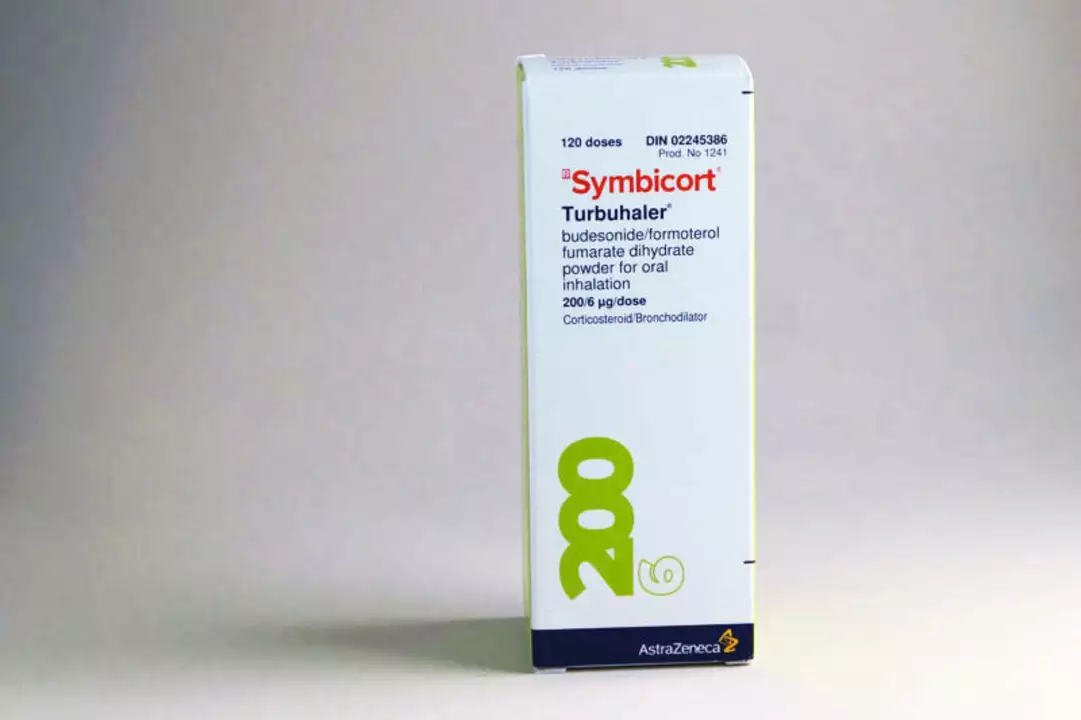Asthma can feel unpredictable, but small habits cut attacks and make daily life easier. If you or someone you care for wakes up coughing, uses a rescue inhaler often, or avoids activities because of breathlessness, this page gives straight, useful steps you can try today.
Start with triggers. Common ones are tobacco smoke, dust mites, pet dander, mold, cold air, and strong smells like perfumes. Pick one trigger and fix it first: cover pillows and mattresses in allergen-proof covers, wash bedding in hot water once a week, and keep indoor humidity under 50% to slow mold. If someone smokes in the house, ask them to stop or move outside—secondhand smoke makes asthma worse fast.
Stay up to date on vaccines. Flu and COVID can cause serious flare-ups. Talk with your clinic about recommended shots each year. Also plan exercise: many people get exercise-induced asthma but do fine if they use a quick-relief inhaler 10–15 minutes before activity or warm up longer.
Track symptoms with a peak flow meter or diary. A peak flow establishes your personal best number so you can spot decline early. If your peak flow falls into a lower zone or you need rescue meds more than twice a week, it means your asthma may need a treatment change—call your provider.
There are two main types of meds: controllers and relievers. Controllers (usually inhaled corticosteroids) lower inflammation and prevent attacks but must be taken regularly. Relievers (short-acting bronchodilators) open airways fast during symptoms. Missing controllers is the most common reason people get worse over time.
Inhaler technique matters more than most people think. For a standard meter-dose inhaler: shake, exhale, seal lips around the mouthpiece, press and breathe in slowly, hold for about 10 seconds, then breathe out. If using a spacer, press the inhaler into the spacer and inhale at a normal pace. Dry powder inhalers need a quick, deep breath instead of a slow one. Ask your clinician to watch you use your inhaler once a year—small changes improve medicine delivery a lot.
For uncontrolled or severe asthma, newer options like biologics exist for specific types of disease. These are prescription-only and need a specialist. If you keep having attacks despite daily controllers, ask for a referral.
Make an asthma action plan and share it with family, school, or coworkers. A good plan says what daily meds to take, how to recognize worsening signs, when to increase treatment, and when to get emergency care. Keep a written copy on the fridge and a digital one on your phone.
Know when to get urgent help: if rescue meds don’t ease breathing, speech is hard, lips or fingernails turn blue, or you feel confused—call emergency services right away. If your rescue inhaler use creeps past twice a week or nights awake from asthma rise, schedule a clinic visit. Small, steady steps—better trigger control, correct inhaler use, and an action plan—change outcomes. Talk with your doctor about the best plan for you.

As a parent, managing my child's asthma can be challenging, but I've found that Budesonide Formoterol has been a game changer. This medication combines two active ingredients to help prevent asthma attacks and reduce inflammation in the airways. It's crucial to follow the prescribed dosage and schedule to ensure effectiveness. Educating myself on potential side effects and monitoring my child's overall health has also been vital. With the right approach, Budesonide Formoterol can be a valuable tool in helping our little ones breathe easier.